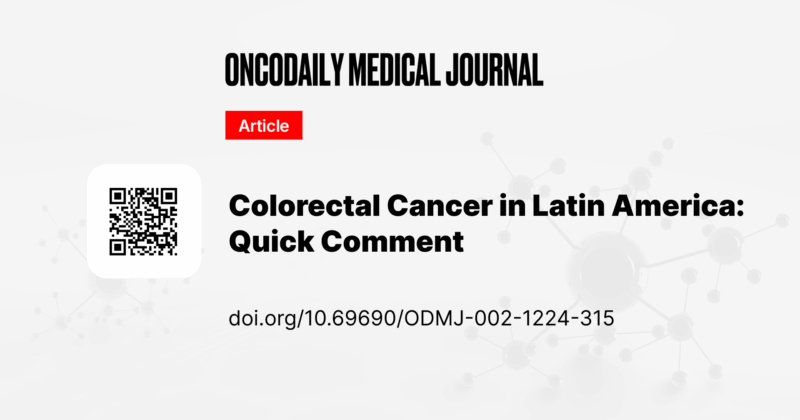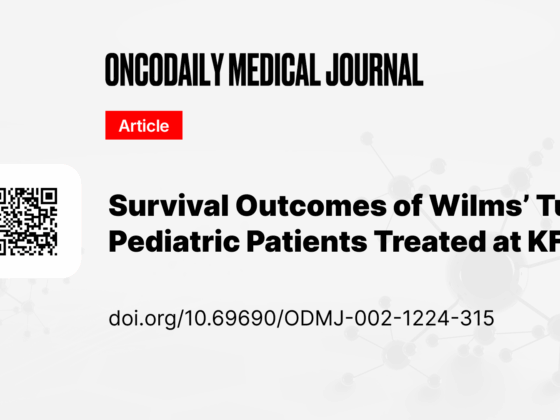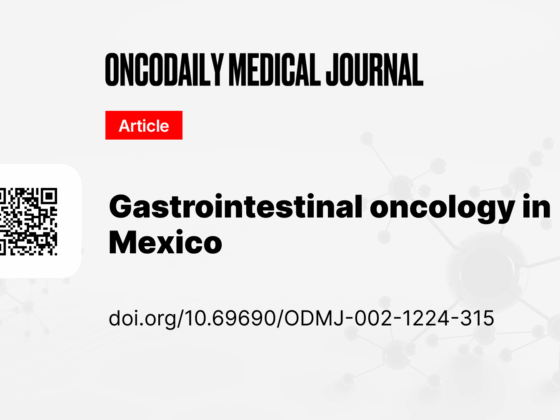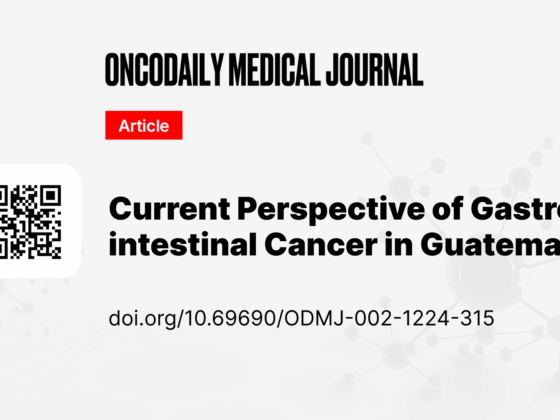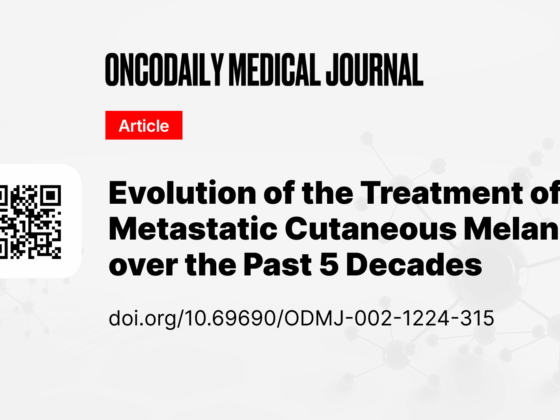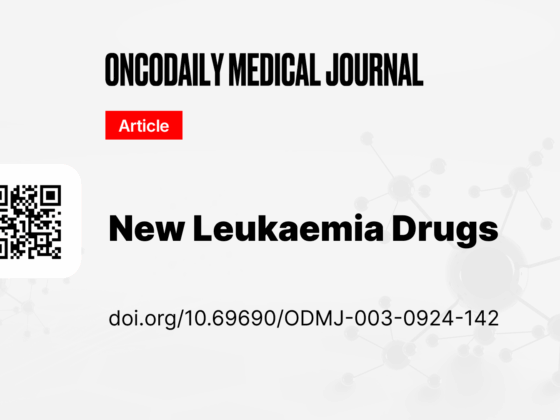This article summarises a recent OncoDaily Medical Journal report on Mexico’s GI-oncology landscape, covering epidemiology, health-system structure, treatment availability, specialist training, and near-term opportunities.
Title: Colorectal Cancer in Latin America: Quick Comment
Authors: Veronica Salais Michaus, Erika Ruiz-Garcia
DOI: 10.69690/ODMJ-018-0425-4320
Colorectal cancer (CRC) is accelerating across Latin America (LATAM): it now ranks 3rd in incidence and 2nd in mortality region-wide (GLOBOCAN 2022). Demographic expansion, longer life expectancy, and fragmented health systems drive rising cases—and, critically, late presentation. In several countries, ≥30–54% of CRC is diagnosed at stage IV, sharply contrasting with high-income settings where most patients are treated with curative intent at earlier stages.
Access gaps persist along the pathway: screening programs are inconsistent; FIT uptake varies widely; and real-world care often defaults to re-exposing prior regimens in later lines. While biomarker testing (RAS, BRAF, MSI) is growing, costs, reagent importation, and limited availability of targeted/immunotherapies blunt impact. Ethnic diversity further complicates pharmacogenetics (e.g., DPYD variants), arguing against one-size-fits-all testing strategies. Clinical trial participation remains low (~3.6% of oncology trials in LATAM), with early-phase studies particularly underrepresented, slowing access to innovations.
What to do now (actionable priorities):
-
Scale FIT-based screening with primary-care training and culturally sensitive education; remove cost/logistical barriers.
-
Guarantee first-line standards (fluoropyrimidines + oxaliplatin/irinotecan ± anti-VEGF/EGFR) and expand biomarker testing for RAS/BRAF/MSI, tied to actual drug access.
-
Grow trial footprint and harmonize approval timelines to speed inclusion.
-
Adopt ancestry-aware pharmacogenetics (contextualized DPYD strategies).

